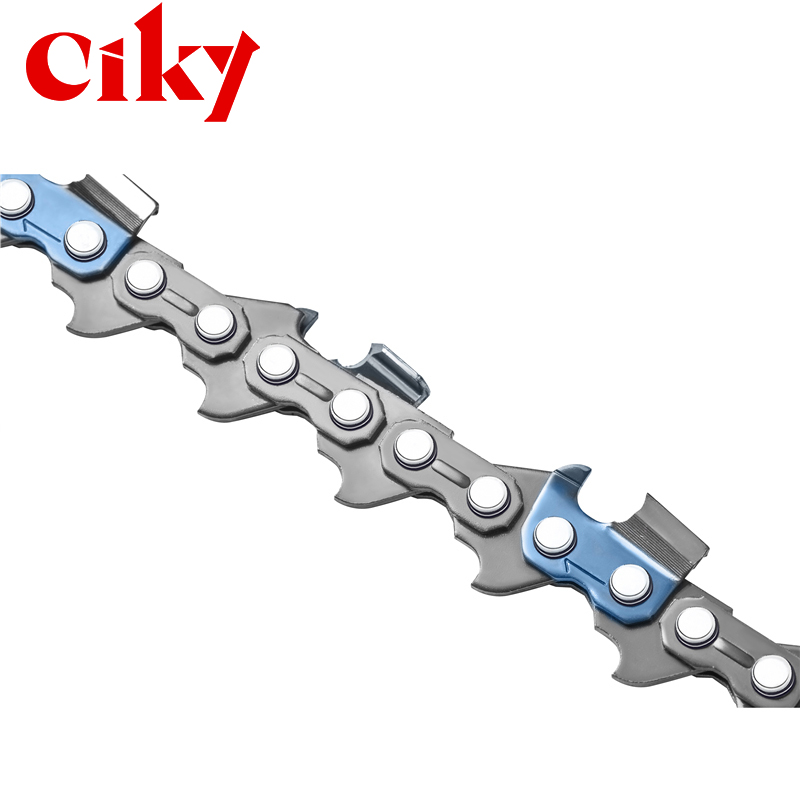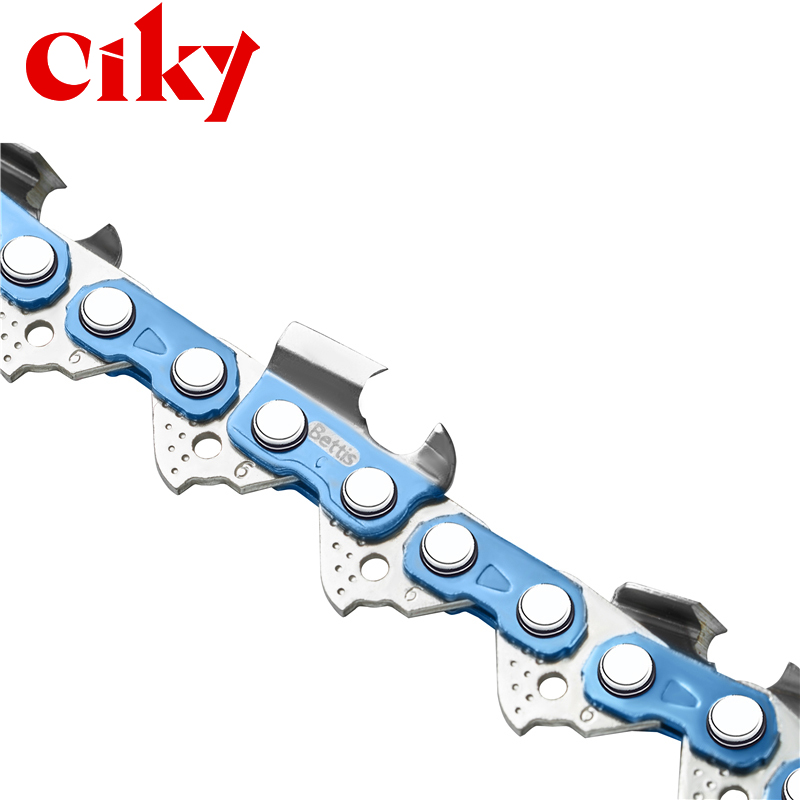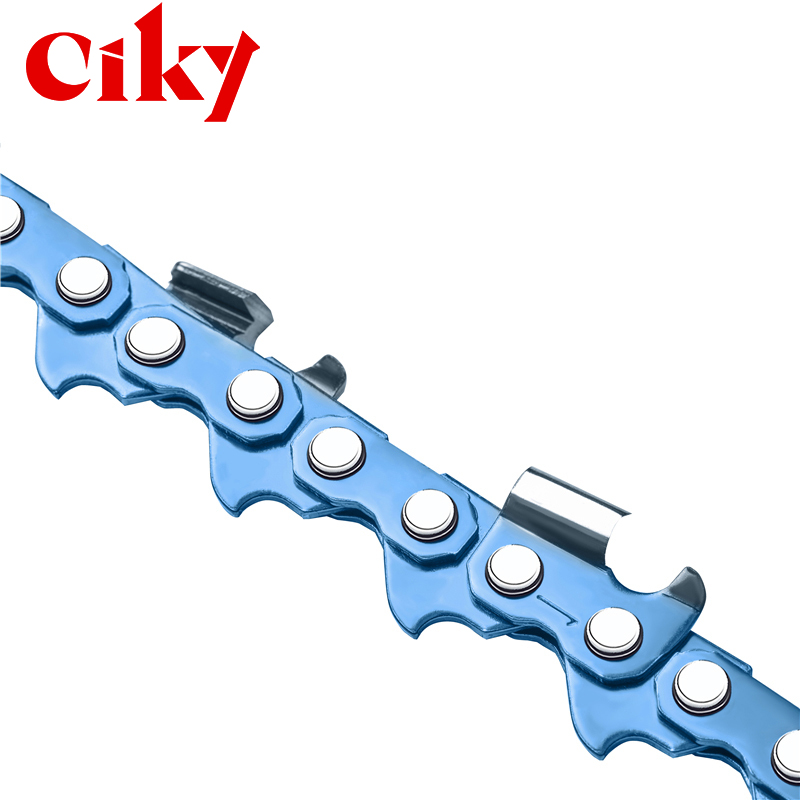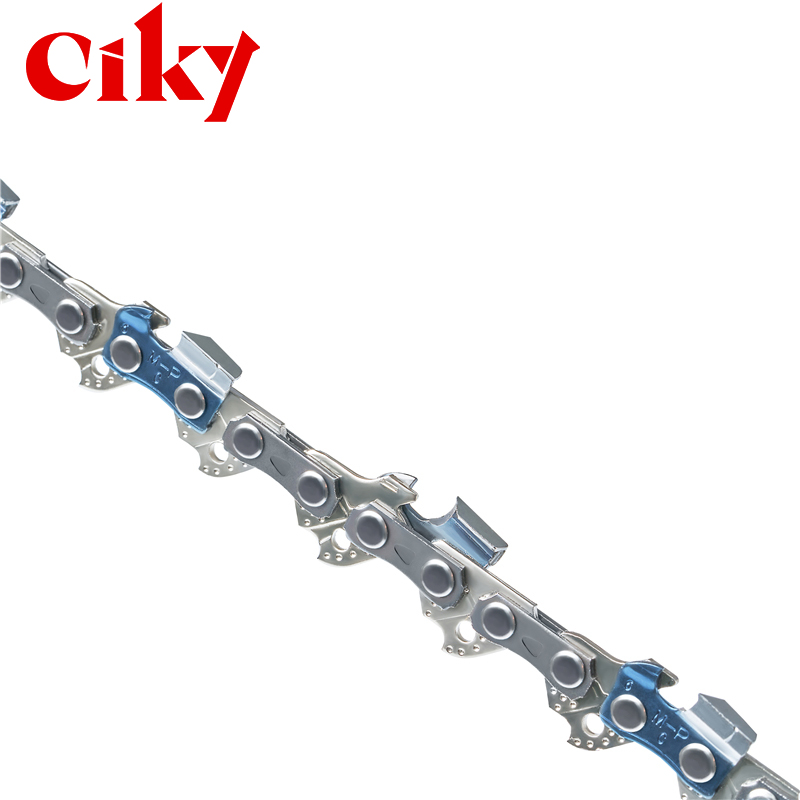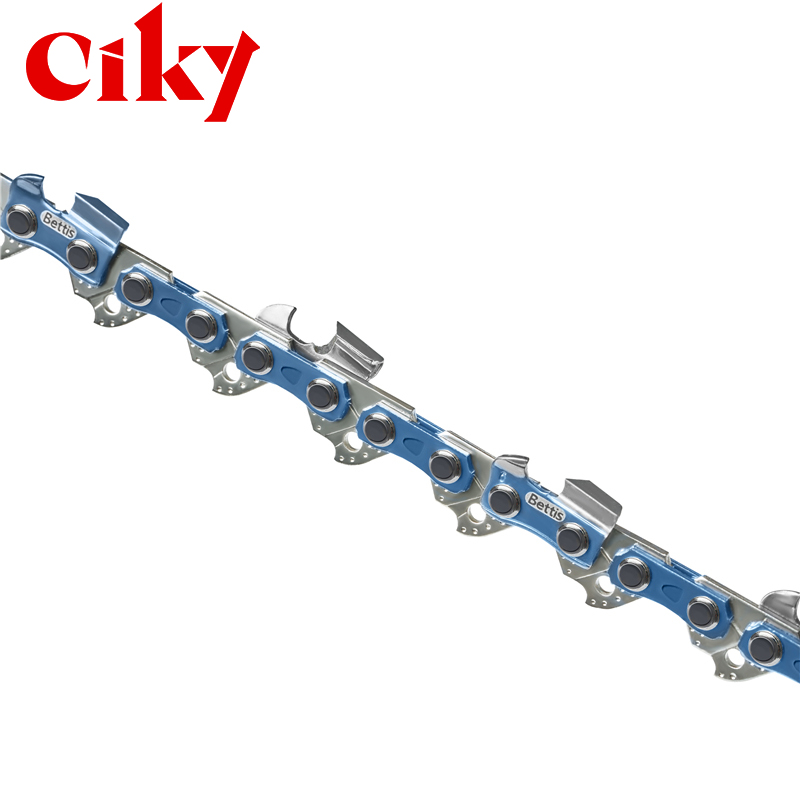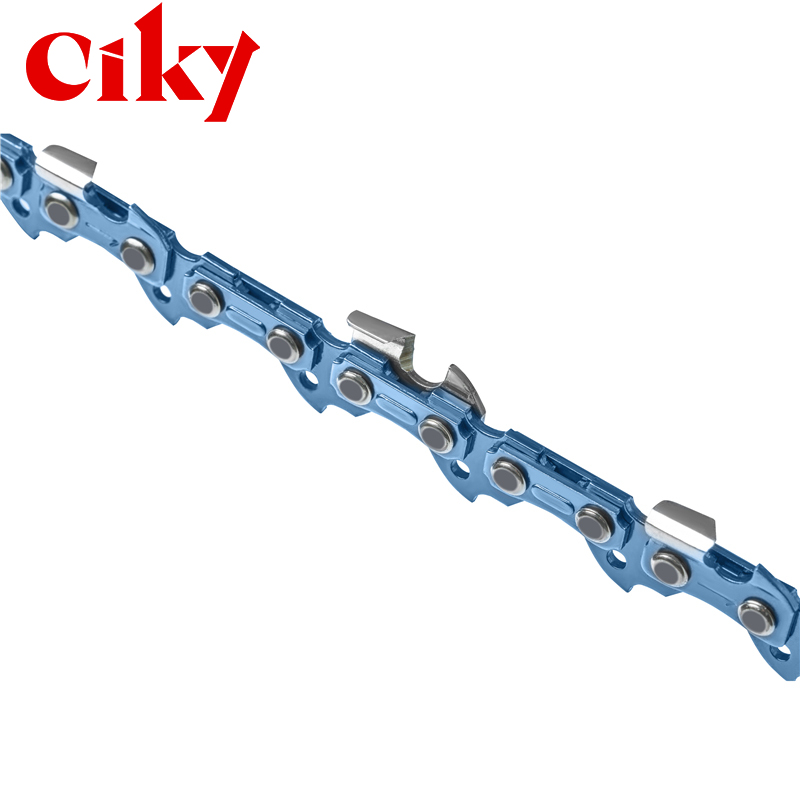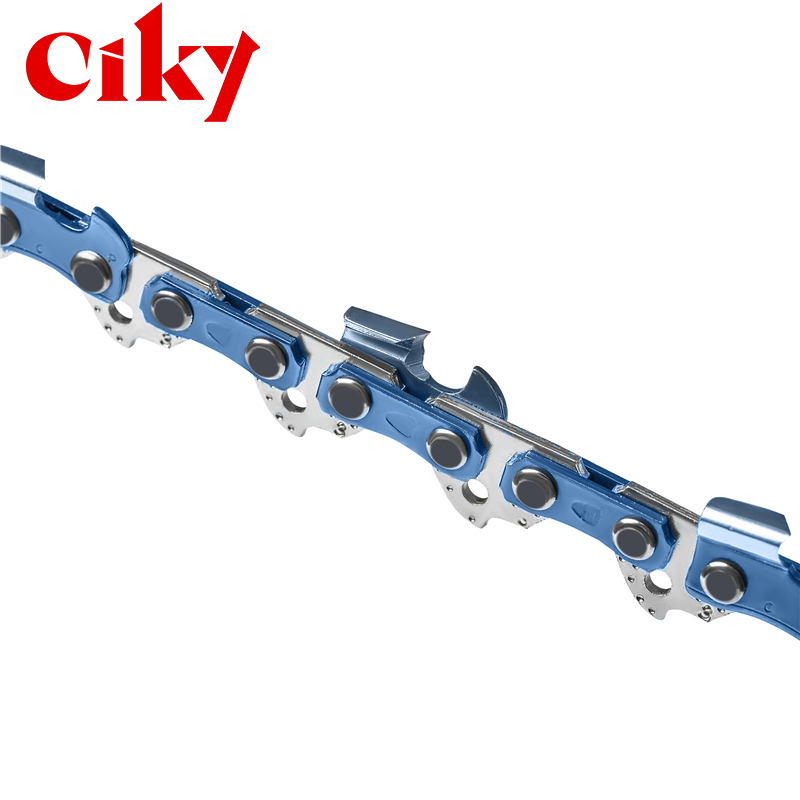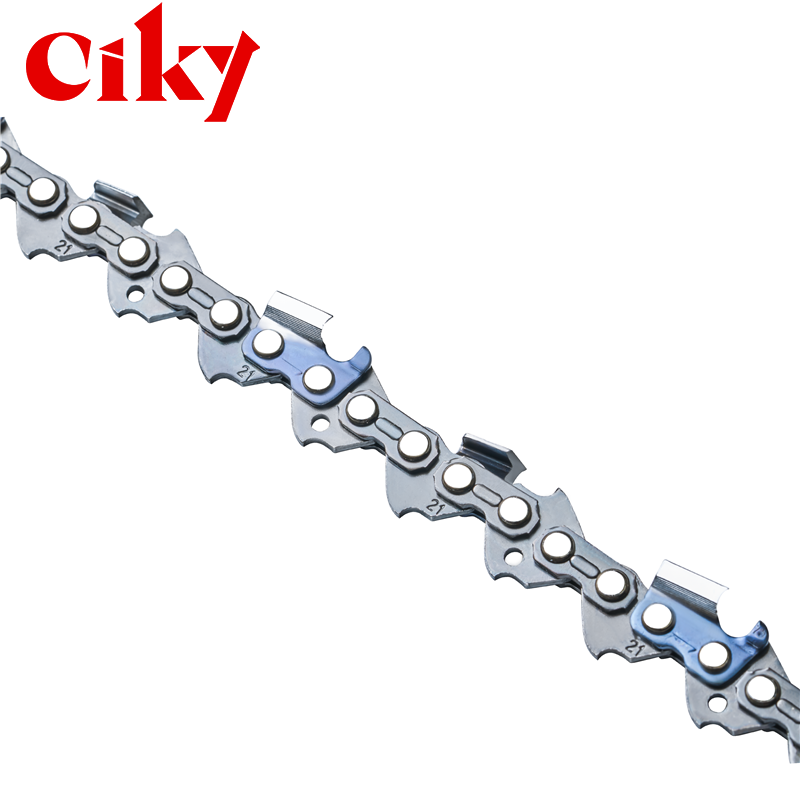404 pitch measurement method
In the field of industrial transmission, especially in chain transmission systems, 404 pitch plays a vital role. As a key parameter to measure the distance between chain transmission components, 404 pitch directly affects transmission efficiency, stability and service life.
404 pitch refers to the distance between two adjacent teeth in transmission components such as gears and sprockets, usually in millimeters. In industrial applications, 404-pitch chains are widely used in scenarios that require precision transmission, such as chain saws, agricultural machinery, and conveying equipment. Accurate measurement and control of 404 pitch can ensure that the performance of transmission components meets design requirements, thereby improving the performance of the entire mechanical system.
404 pitch measurement methods include mechanical measurement methods, optical measurement methods, laser measurement methods, and electronic measurement methods. The mechanical measurement method is to directly measure the 404 pitch using measuring tools such as calipers, vernier calipers, and spiral micrometers. This method is simple to operate, but the measurement accuracy is affected by human factors and the accuracy of the measurement tools. Suitable for preliminary inspection and on-site rapid measurement. The optical measurement method uses optical principles to measure the 404 pitch through optical measuring instruments. This method has higher measurement accuracy, but higher equipment cost, and is suitable for precision measurement and quality control. The laser measurement method uses the laser beam as the measurement reference and measures the 404 pitch through a laser rangefinder. This method has the characteristics of non-contact, high precision and fast measurement speed, and is suitable for automated production lines and precision measurement. The electronic measurement method uses electronic measuring instruments, such as inductive micrometers, capacitive micrometers, etc., to measure the 404 pitch. This method has high measurement accuracy and stability and is suitable for precision measurement and quality control.
When measuring 404 pitch, you need to pay attention to the calibration of the measuring instrument. All tools used to measure 404 pitch must be calibrated regularly to ensure the accuracy of the measurement results. During measurement, the influence of ambient temperature, humidity and other factors on the measurement results should be avoided to ensure a stable measurement environment. When choosing a standard pitch, please note that there may be certain manufacturing tolerances during the chain's production process. Therefore, multiple pitch points should be selected for measurement and averaged to reduce random errors.
The relevant standards of 404 pitch are divided into international standards, national standards and industry standards. Internationally, the measurement and control of 404 pitch mainly follows ISO's relevant standards. In our country, the measurement and control of 404 pitch mainly follow the relevant standards of GB. In specific industries, such as automobiles, aviation, machine tools, etc., the measurement and control of 404 pitch must also follow corresponding industry standards. These standards usually refine and improve the measurement methods and accuracy requirements of 404 pitch based on industry characteristics and actual needs.
As an important parameter of transmission components, 404 pitch has an important impact on the performance of the entire mechanical system. Therefore, it is crucial to accurately measure and control the 404 pitch. Practitioners must be familiar with and master the correct measurement methods in practice to ensure that every measurement operation is rigorous and scientific. With the continuous advancement of technology, we expect that future measurement technology can further improve the accuracy and efficiency of 404 pitch measurement, providing stronger support for the optimization and upgrading of the transmission system.

 English
English Español
Español